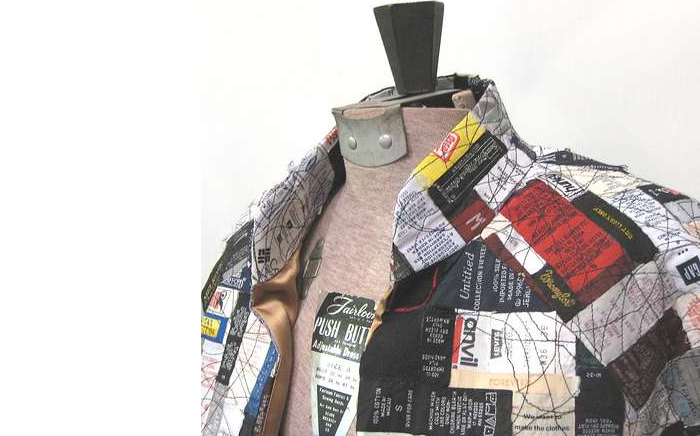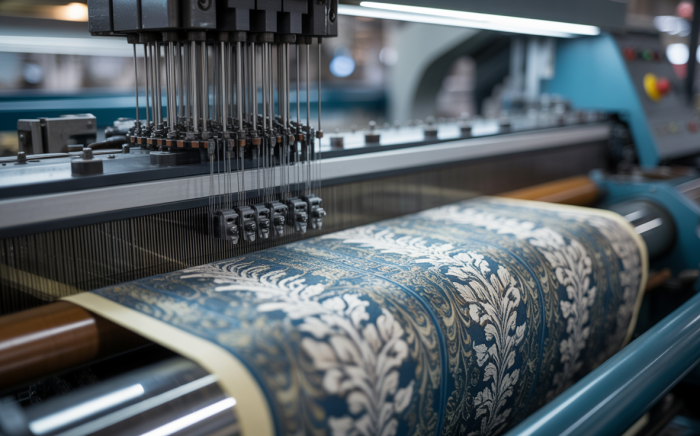Enzymes are protein molecules that act as catalysts in biochemical reactions. Enzymes interact with molecules called substrates and increase the reaction rate of these molecules, creating products or accelerating processes. Enzymes have advantages in terms of industrial use thanks to their 4 basic properties. These features are specificity, catalytic activity, recycling, environmental sensitivity.
The share of enzymes in the textile industry is increasing day by day. Thanks to their properties, enzymes play an important role for sustainable fashion and environmentally friendly production processes. They also have the advantages of reducing chemical consumption, saving water and energy and minimising waste production.
During enzymatic applications in textiles, there are headings that will affect the success of the process and the process.
1. Selection of Enzymes: In the first place, the enzyme that can act on the fibre type determined in accordance with the desired effect should be selected. The most commonly used enzymes in the textile industry are amylase, protease, lipase and cellulase. Each enzyme acts on a different substance and different results are obtained.
2.Application Method : Enzymatic processes are largely applied in pre-treatment steps. In general, parameters such as temperature and pH value are controlled during and after the application of enzymes applied with solution.
3.Important Parameters : Enzymes are living organisms. For this reason, each enzyme has its own temperature, pH and processing time to survive and perform optimally. After processing, they must be stored in a suitable environment to maintain their vitality.
The main processes in which enzymes are used in the textile industry;
1.Stone Washing; Depending on the type of yarn in denim fabrics, the right enzyme should be selected. Enzymes physically deform the specified yarns and give the fabric a worn / aged appearance.
2.Bleaching; Biopolishing processing is applied to cotton fabrics. Fibres with low fibre length in the content of cotton fabrics form pilling over time. This situation shows the poor quality of the fabric. In order to prevent this situation, the pilling on the fabric surface is destroyed by deformation using enzymes. As a result, the fabric has a softer and smoother appearance.
3.Softening and Flexibility: Enzymes penetrate into the fibre and deform the fibre structure. If the process time and concentration are adjusted correctly, this deformation only provides softness and flexibility without damaging the fibre.
4.Colour Shading and Effects : Enzymes can affect the structure of the dyestuff used due to their "specificity" properties. As long as the temperature, pH and time values of the process are adjusted correctly, they can homogeneously or heterogeneously change the colour shade or give effects such as aging.
As a result, these effects can be achieved with chemicals and many other environmentally harmful agents, but the proportion and importance of the use of enzymes is increasing day by day in terms of the sector's future prospects, environmentally friendly practices and compliance with legislation. Especially with the solution of problems such as the storage conditions of enzymes after use and the drop in performance after the first use, they are becoming an industry standard and not an alternative.

 Back to Blog
Back to Blog










